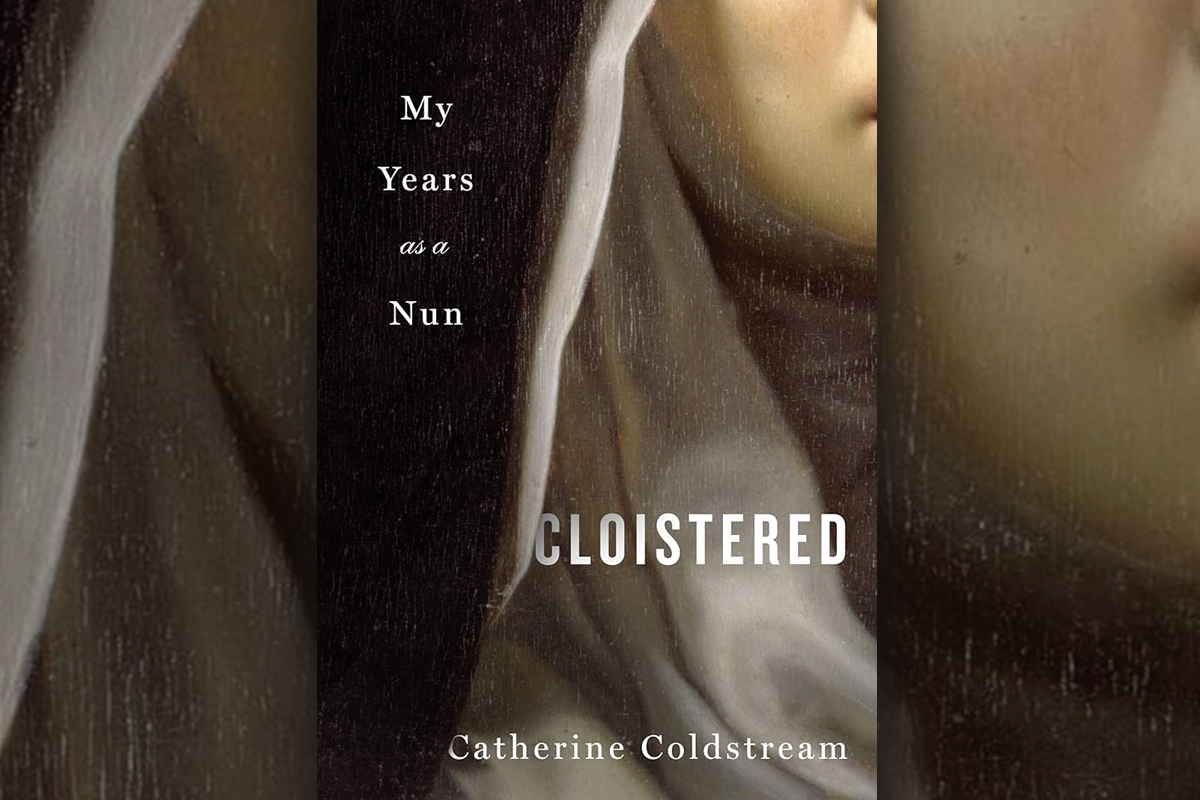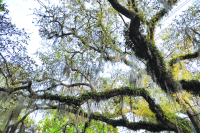An inside look at life in a Christian convent

If you ever wondered what it would be like to live as a monk or a nun, this book delves deeply into the subject. In this extremely well-written and heartfelt memoir, “Cloistered: My Years as a Nun” (St. Martin’s Press, 2024), Catherine Coldstream begins by taking us back to her life as a young woman who has many talents, is smart, well-read, is multilingual, energetic, adventuristic and living a dreamed of life in Paris after having grown up in the UK.
With her artist father’s early death and her mother being more or less an absentee parent, her view of life suddenly changes from being very outgoing and social to being attracted to the idea of a more reclusive lifestyle in a Christian convent. After exploring several possibilities, she ends up at a convent in northern England and begins the process of embracing a life of quasi-isolation with a comforting Christian marriage to Jesus Christ and God as a replacement father figure.
In the first half of “Cloistered,” Coldstream describes her spartan living conditions and rigid discipline and doctrine that she takes on with youthful vigor and enthusiasm, dealing with a demanding work schedule and a mandatory psychology of non-indulgence and ambition. A tough row to hoe compared to her former life. But she’s equal to the task and dives into Christian convent life with both feet — even with a pair of used old shoes that are too big for her.
“The monastery was a silent world, one where every footstep could be heard, and where those rare things, words, were weighed like gold or precious stones. Over each of the doors the word JESUS was drawn in gothic, calligraphic print. Other than that, there was a kind of emptiness,” she writes of her earliest days in the convent. In those early days as a novitiate, she was indoctrinated into the Order where all novitiates “will be taught each afternoon with the others and those instructions will continue daily until you are deemed ready to take the final vows.”
“On the farthest horizon,” she continues, “was the beatific vision, the delightful union of the soul with God, and the happy basking in his presence for all eternity for those who were faithful to their calling.” And so she begins her long internship.
“Yes, our ways and customs may have looked insignificant, or odd, from the outside, but, if you understood them, and the thoughts behind them, you saw how they were all connected to a grand unifying vision,” she writes toward the end of her novitiate years. And then goes on to say: “Very soon it was clear that God was my true father and that the monastery was my true home.”
Related Items
With ease and pleasure being the enemies of the spiritual path, as she had come to believe and embrace, the real work began during these early days of “heartfelt searching,” as she calls it. “I lost myself in Gregorian monody, stretched out my inward arms to the invisible God, and fed on the mysterious nourishment of the scriptures. I cannot stress enough how strongly I felt this impression. How strongly I felt the pull of heaven in those days,” she exclaims.
So, these were the early days, the early years, of devotion and commitment as she embraced her newfound life. But, as we will see, over time things would change.
“We were called to live like peasants, poor, and weary, and self-sufficient. We were alone with each other, and ourselves, alone with the haunting presence of our spouse, who as time passed might prove an increasingly elusive companion. Akenside was a world apart, a place where different rules applied. Letter-writing to former sisters was not permitted. Beyond the aura of quiet and the sense of specialness, darker energies were at work,” Coldstream writes as time passes and travails ensue. “Obedience was woven into the fabric of the order at the level of the warp and weft,” she writes. “As happens in all groups, there were hidden loves and buried antipathies. The model of the monastic life was about obedience and that of martyrdom.”
With these kinds of doctrines and group psychology “Cloistered” takes the reader forward through the adventures and the timeline of Catherine Coldstream’s legacy as a practicing nun. And it is here, with these pervading dichotomies, that she begins to question her life as part of the Carmel order.
“Independent judgement was among the worst of monastic faults, we’d learned, and you knew instinctively to suppress it. Seeking spiritual ideas of your own were something you must be very wary of. We were not meant to admit to basic human needs and that I was expected to manage without a trace of human encouragement or help. But the reality was that only certain people (in the hierarchy) were allowed to be themselves,” she writes. And then asks “Was I looking to an eternal horizon, or was I just running away from life? If the latter, was it too late to turn the clock back, to have another go at being fully human?”
These questions and others remain to be answered by the reader until the end of the book in what in this reviewer’s mind is one of the best works written on the subject of monasticism and organizational spirituality.
(Thomas Crowe is a regular contributor to The Smoky Mountain News and worked as a gardener in a cloistered Carmelite convent in Grenoble, France. He has written about this experience in his memoir “A House of Girls.”)

















